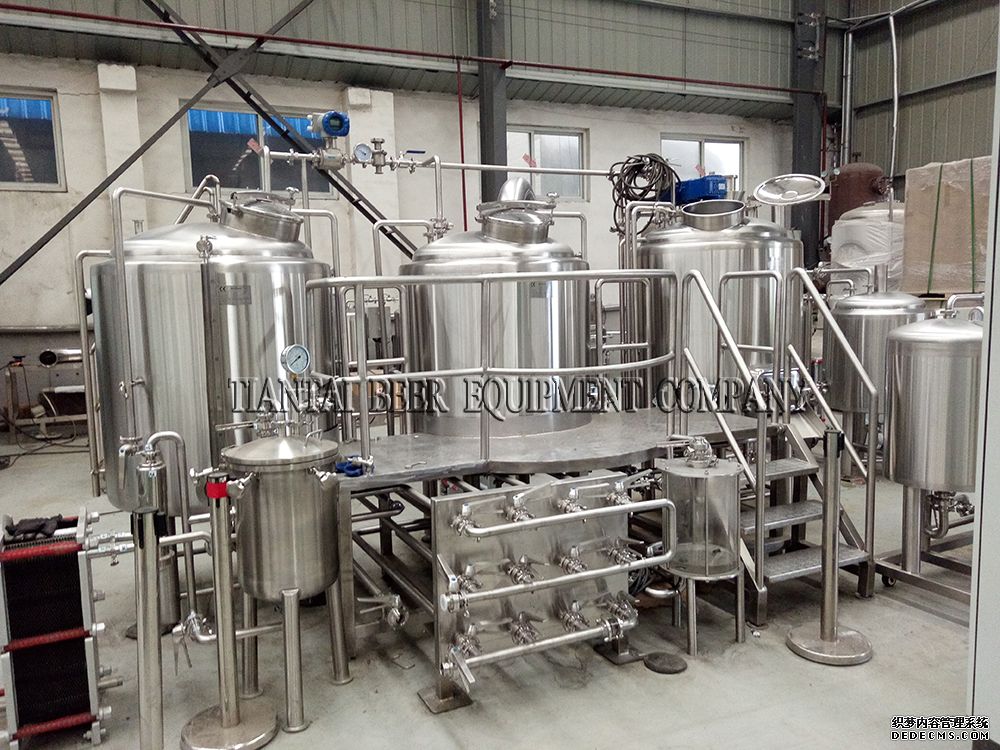What You Can Do about the brewing water
Once you have your water’s information, you can use the calculations in my book, How To Brew, and/or use brewing software to calculate how much of what to add. A common practice is to start with a low hardness, low alkalinity water source and add brewing salts to the mash and/or kettle.For hoppier beer styles such as American Pale Ale or American IPA, you can add calcium sulfate (gypsum) to the water to make the beer taste drier and have a crisper, more assertive bitterness. For maltier styles, such as Oktoberfest or Brown Ale, you can add calcium chloride to the water to make the beer taste fuller and sweeter.
Generally, you don’t want to exceed 400 ppm for sulfate or 150 ppm for chloride. Sulfate and chloride are the seasoning for your beer, and their ratio will affect the flavor balance to a large degree. A hoppy beer will generally have a sulfate-to-chloride ratio of 3:1 or higher, and you don’t want both of them to be at their maximum because that will just make the beer taste like mineral water.
Go deeper into brewing water and mash chemistry with Craft Beer & Brewing’s online class, _Brewing Water: A Practical Approach. _Sign up today!

Tips For All-Grain Brewers
I have only scratched the surface of what there is to know about water chemistry and mash pH. Read chapter 15 in How To Brew (John Palmer, Brewers Publications, 2006) or chapter 5 in the Water book (John Palmer and Colin Kaminski, Brewers Publications, 2013) to learn more about both.
>> Don’t add salts to your water without an understanding of how they will affect your mash pH.
>> Measure the pH of your mash after you’ve added water to the grain.
It is that pH that affects the activity of the mash enzymes and the propensity for the extraction of astringent tannins from the grain husks. Start the mash, check the pH, and then make adjustments.
>> The mash pH should be in the range of 5.2–5.6, 10–15 minutes after dough-in, after the sample has been cooled to room temperature.
Pour a wort sample (about 2 tablespoons or 30 milliliters) onto a large plate to help it cool quickly.
Thanks for your reading!
Edited By Daisy
Tiantai, Your Honest Brewery Builder!
Web: www.brewerybeerequipment.com
Email: [email protected]


.jpg)



Get In Touch